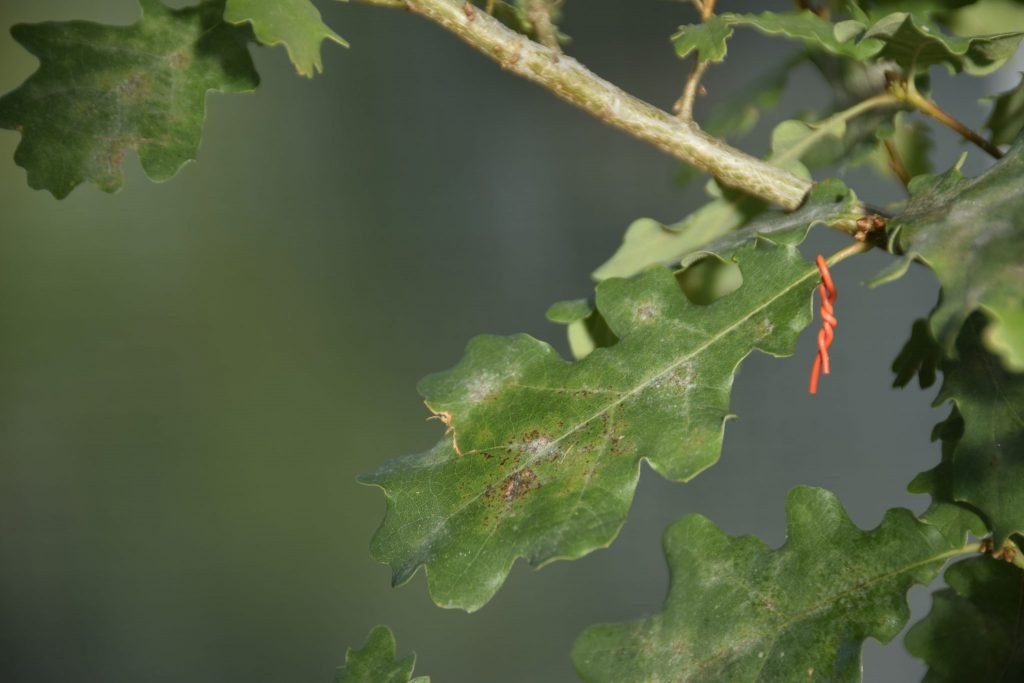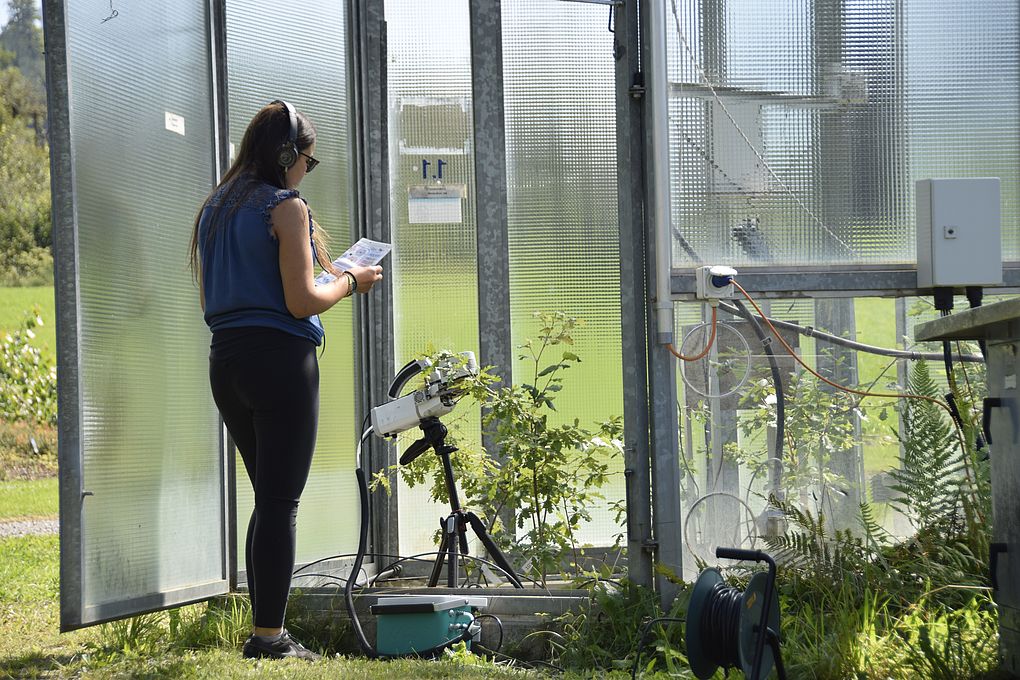This project explores the specific impact of VPD and temperature increase on tree water use and mortality. It also investigates the potential damages of using X-ray MicroCT to track embolism in living trees.

Climate change imposes new constraints on trees, which must constantly adjust their water use strategies in the face of extreme events to avoid mortality. Two parameters stand out particularly in recent research on tree mortality: the vapor pressure deficit (VPD), i.e., the atmospheric water demand, and the temperature. Yet, few studies differentiate the specific impact of VPD and temperature increase on plants water use, whereas the maintenance and protection of ecosystems and biodiversity strongly depend on our knowledge about their respective effects.
In this work, we will seek to:
- clarify our understanding of the survival mechanisms of trees faced with combined heat and drought stress, in particular the challenges of regulating leaf temperature, adjusting gas exchanges, and the potential morpho-anatomical changes;
- investigate the potential damages of using X-ray MicroCT to track embolism in living trees;
- disentangle the effects of VPD and temperature on tree water use and test how growing at higher temperature and VPD predispose trees to better chances of survival during drought.
The results of this work will improve predictive forest dynamics models and assist forest managers by providing a robust understanding of tree water relations responses to climate change in a broad range of species.

For more information contact Laura Mekarni.